Charging Lithium

How can I maximize the lifespan of my lithium battery ?
Lithium batteries are widely used in various devices, from smartphones and laptops to electric vehicles. To ensure that your lithium battery lasts as long as possible, it's essential to follow some best practices for charging, storing, and using the battery. Here are some tips to help you maximize the lifespan of your lithium battery: 1. Avoid Overcharging 2. Maintain Proper Charging Levels 3. Store at Optimal Temperatures 4. Manage Battery Use 5. Software Updates 6. Physical Care
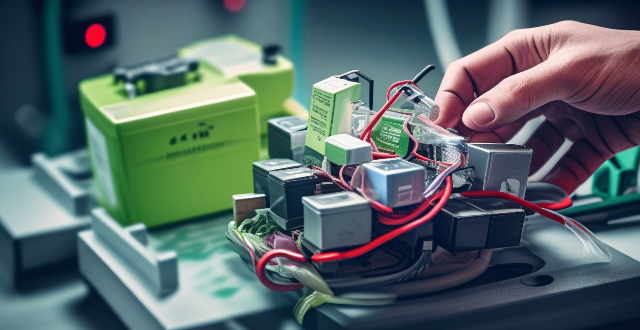
Can lithium batteries be recharged ?
Lithium batteries can be recharged, and the process involves the movement of lithium ions between the positive and negative electrodes. Proper charging practices ensure their longevity and safety.
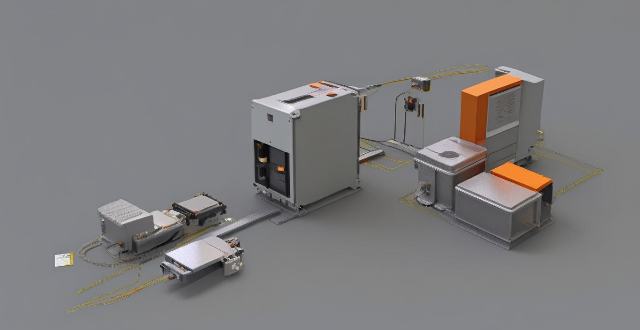
How does a lithium-ion power battery work ?
Lithium-ion power batteries work through the movement of lithium ions between the anode and cathode during charging and discharging, generating an electrical current to power devices. The process involves intercalation and deintercalation of ions in the electrodes, facilitated by an electrolyte and separator. Safety mechanisms and lifespan are key considerations for these widely used batteries.
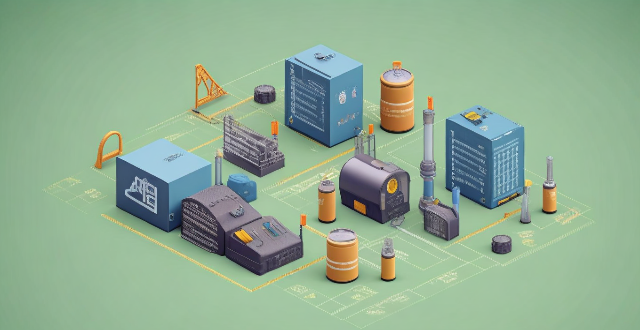
How do lithium batteries work ?
Lithium batteries work by using the chemical reaction between lithium ions and other materials to generate electricity. They consist of a cathode, anode, electrolyte, and separator. During charging, electrons flow from the cathode to the anode through an external circuit, causing lithium ions to move towards the anode and be stored there. During discharge, lithium ions move back to the cathode, releasing electrons in the process that provide power to a device. Lithium batteries have a high energy density, long lifespan, low self-discharge rate, and are used in various applications.

How do lithium batteries compare to other types of batteries ?
The text compares lithium batteries (Li-ion and LiPo) with other types of batteries in terms of energy density, charge retention, lifespan, charging speed, safety, cost, and environmental impact. Lithium batteries are found to have high energy density, low self-discharge rates, a longer cycle life, and can be charged quickly. However, they are more expensive upfront and pose specific safety risks. Other batteries may be initially cheaper but require more frequent replacements and have different safety concerns. Overall, the advantages of lithium batteries often outweigh their drawbacks, making them the preferred choice for modern portable electronics and large-scale applications.

What is the lifespan of a lithium battery ?
The lifespan of a lithium battery is affected by various factors such as the type of battery, usage patterns, and environmental conditions. In general, most lithium batteries have a lifespan of 2-3 years or 300-500 charge cycles, whichever comes first. However, this can vary significantly based on the specific application and usage patterns. Different types of lithium batteries have different lifespans. For example, Lithium-ion batteries typically have a longer lifespan than Lithium-polymer batteries. Additionally, some newer types of lithium batteries, such as solid-state batteries, may have even longer lifespans than traditional lithium-ion batteries. How you use your lithium battery can also affect its lifespan. For example, if you frequently charge your battery to 100% and then discharge it completely, this can shorten its lifespan compared to if you only charged it to 80% and discharged it to 20%. Similarly, if you frequently expose your battery to high temperatures or cold temperatures, this can also shorten its lifespan. Finally, the environmental conditions in which your lithium battery is stored and used can also affect its lifespan. For example, if you store your battery in a hot or humid environment, this can shorten its lifespan compared to if you store it in a cool, dry environment. Similarly, if you frequently expose your battery to extreme temperatures or humidity levels while using it, this can also shorten its lifespan. To maximize the lifespan of your lithium battery, there are several things you can do: * Avoid exposing your battery to extreme temperatures or humidity levels. * Try to keep your battery's charge level between 20% and 80% as much as possible. * Use a high-quality charger that is designed specifically for your type of lithium battery. * If possible, try to use your device's built-in power management features to help regulate charging and discharging patterns.

Are lithium batteries safe to use ?
Lithium batteries have become an integral part of modern technology, powering a wide range of devices from smartphones to electric vehicles. However, concerns about their safety have been raised due to incidents of overheating and fires. In this article, we will explore the safety aspects of lithium batteries and provide guidance on how to use them safely. One of the main safety concerns with lithium batteries is the risk of overheating and catching fire. This can occur if the battery is damaged, improperly charged, or exposed to extreme temperatures. When a lithium battery overheats, it can cause a chemical reaction that leads to thermal runaway, which is a self-sustaining process that can result in a fire or explosion. Another safety concern associated with lithium batteries is the potential for chemical hazards. The chemicals used in lithium batteries can be toxic and harmful to human health if they are ingested, inhaled, or come into contact with skin or eyes. It is important to handle these batteries with care and dispose of them properly to avoid any potential risks. To minimize the risks associated with lithium batteries, it is essential to follow some basic safety tips: 1. Use genuine products from reputable manufacturers to ensure that the battery meets safety standards. 2. Avoid overcharging by not leaving your device charging unattended and avoiding using cheap chargers that may overcharge the battery. 3. Store your lithium batteries in a cool, dry place away from direct sunlight and extreme temperatures. 4. Inspect your batteries regularly for any signs of damage or swelling, and replace them if necessary. 5. Dispose of your old lithium batteries properly by taking them to a recycling center or following the manufacturer's instructions. 6. Follow the manufacturer's guidelines for your specific device and battery. 7. Keep lithium batteries out of reach of children as they may pose a choking hazard. 8. Use protective cases or covers for your devices to prevent damage to the battery. 9. Avoid dropping or mishandling your device as this can damage the battery and increase the risk of overheating. 10. Seek professional help if you notice any issues with your battery, such as swelling or leakage. In conclusion, while there are some safety concerns associated with lithium batteries, following these safety tips can help reduce the risks and ensure that you use them safely. By being cautious and responsible, you can enjoy the benefits of these powerful batteries without compromising your safety.
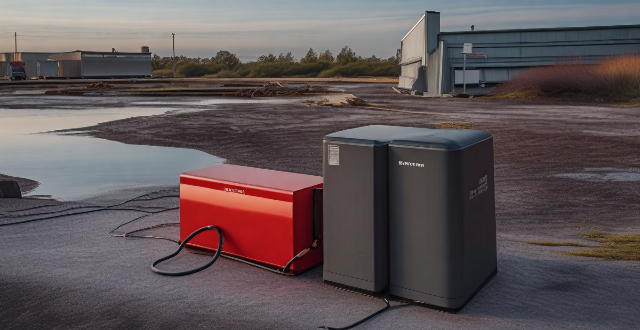
What are the advantages and disadvantages of using lithium iron phosphate batteries as power batteries ?
Lithium iron phosphate batteries are a popular choice for power batteries due to their longer lifespan, higher safety, environmental friendliness, and lower cost compared to other types of lithium-ion batteries. However, they also have some disadvantages such as lower energy density, slower charging speed, temperature sensitivity, and limited availability. Despite these drawbacks, lithium iron phosphate batteries remain a reliable and efficient option for many applications.

What are the benefits of using lithium batteries ?
Lithium batteries offer numerous benefits, including highLithium batteries offer numerous benefits, including highspan, low maintenance, safety They are ideal for portable electronics, electric vehicles, backup power systems, and more.

How can I properly dispose of a lithium battery ?
Disposing of lithium batteries requires special attention due to their chemical composition and potential environmental impact. Here's a step-by-step guide on how to do it right: 1. Find a Recycling Center: Look for local recycling centers or facilities that accept lithium batteries. Many cities have designated drop-off points or specific days for battery recycling. Automotive stores and electronics retailers also offer recycling services. 2. Prepare the Battery: Fully discharge the battery before disposal to reduce the risk of accidental fires during transport or at the recycling facility. If the battery has damage or exposed terminals, wrap it in plastic or place it in a sealed container to prevent short circuits. 3. Transport Safely: Keep the battery cool and separate from other waste. Never mail lithium batteries as they are classified as hazardous materials and prohibited from being sent through the postal service. 4. Drop Off the Battery: Double-check the recycling center's policies on lithium batteries before dropping off. Ask about the recycling process to understand the full lifecycle. 5. Consider Alternatives: Use rechargeable batteries whenever possible to reduce the number of batteries you dispose of. When purchasing new devices, consider those with more easily recyclable or biodegradable battery options. By following these steps, you ensure that your lithium batteries are recycled responsibly, minimizing their environmental impact and contributing to sustainable practices.

What factors affect the performance of a lithium battery ?
The performance of a lithium battery can be affected by temperature, charging rate, discharging rate, depth of discharge, age, and manufacturing quality. High temperatures and fast charging can damage the battery and reduce its lifespan, while low temperatures and slow charging can prolong the battery's lifespan but may not provide enough power for high-demand devices. High discharging rates can cause the battery to heat up and decrease in performance, while low discharging rates can prolong the battery's lifespan but may not provide enough power for high-demand devices. High DoD can lead to increased stress on the battery and a shorter lifespan, while low DoD can help prolong the battery's lifespan but may not be practical for devices that require a lot of power. Older batteries will have decreased capacity and performance, while newer batteries will have better performance and capacity. High-quality manufacturing processes can result in better performing batteries with longer lifespans, while low-quality manufacturing processes can result in poor performing batteries with shorter lifespans.

What are the benefits of using lithium-ion batteries in renewable energy systems ?
The benefits of using lithium-ion batteries in renewable energy systems include high energy density, long lifespan, low maintenance, fast charging, and high efficiency. These advantages make them an ideal choice for storing and distributing renewable energy.

Can you explain how battery technology works in electric cars ?
Battery technology is a crucial component of electric cars, determining their range, performance, and efficiency. The basic components of a battery pack include the anode, cathode, electrolyte, and separator. During charging, lithium ions move from the cathode to the anode via the electrolyte, while discharging involves the movement of lithium ions in the opposite direction. Key factors affecting battery performance include capacity, energy density, power density, cycle life, and temperature management. By optimizing these aspects, manufacturers aim to improve the overall capabilities of electric vehicles.
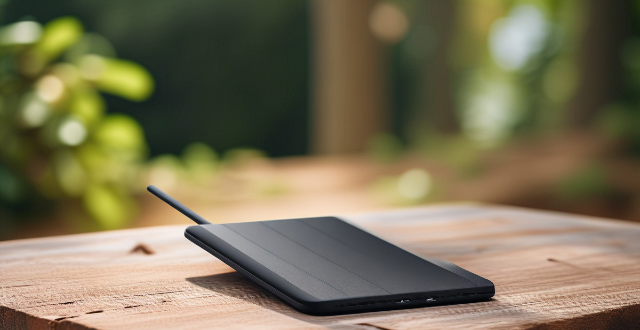
Can I use a wireless charging pad for fast charging my iPhone ?
Can you use a wireless charging pad for fast charging your iPhone? Yes, but there are important considerations. First, ensure your iPhone model supports wireless charging (iPhone 8 and later). Second, choose a Qi-certified wireless charging pad that supports fast charging. While wireless fast charging isn't as fast as wired fast charging, it's still faster than traditional wireless charging. Follow the steps outlined to enjoy the convenience of wireless charging with relatively fast charging speeds for your iPhone.
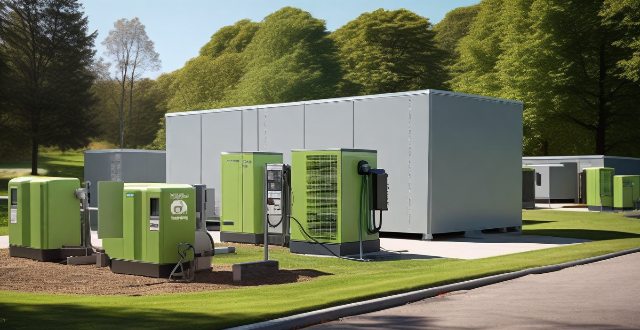
How do different types of charging stations (e.g., fast charging, slow charging) affect the overall network design ?
The impact of different types of charging stations on the overall network design can be seen in various aspects such as infrastructure, cost, energy consumption, and user experience. Fast charging requires higher power output and specialized equipment, leading to more expensive installation and maintenance costs and increased energy consumption. Slow charging has less stringent infrastructure requirements and is more cost-effective but may not meet the needs of users who require quick charges. The overall network design needs to consider these trade-offs and ensure that the grid remains stable and reliable while providing a good user experience for all types of charging needs.

How much faster is fast charging compared to regular charging on an iPhone ?
Fast charging on an iPhone is significantly faster than regular charging, saving time when quickly charging the device. However, frequent use of fast charging may impact battery health over time, so it's recommended to use it only when necessary and not as a regular charging method.

How does a super fast charging station work ?
Super fast charging stations rapidly charge electric vehicles (EVs) using complex technology involving multiple components. The power supply, charging equipment, and battery management system (BMS) are key elements in the process. The BMS monitors and controls the charging to ensure safety and efficiency. Challenges include potential impacts on battery health, infrastructure costs, and standardization issues across different EV models. As EV popularity increases, advancements in super fast charging technology will be vital for convenience and accessibility.
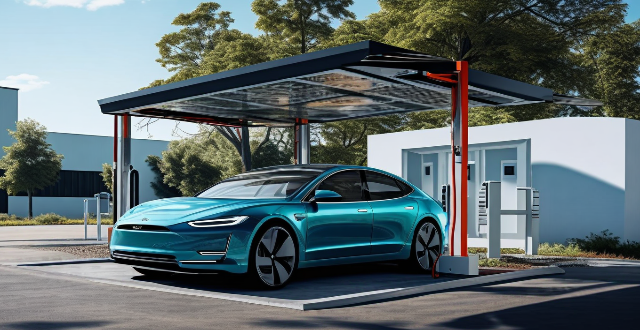
How do electric car charging stations work ?
Electric car charging stations are essential facilities for powering electric vehicles, utilizing off-board conductive charging to transfer electricity. They come in three main types based on power output and charging speed: Level 1 (slowest, using standard domestic sockets), Level 2 (faster, requiring special EV charging units), and DC Fast Charging (Level 3, fastest, primarily for highway use). The charging process involves connecting the charger, activating it, transferring power (AC for Level 1&2, DC for Level 3), regulating and monitoring battery charging, and disconnecting once complete. Safety features include GFCIs, temperature monitoring, and smart software. Environmental impact depends on the electricity source; green energy sources enhance sustainability, while fossil fuels reduce benefits. As technology advances, these stations will contribute more significantly to a cleaner transport sector.
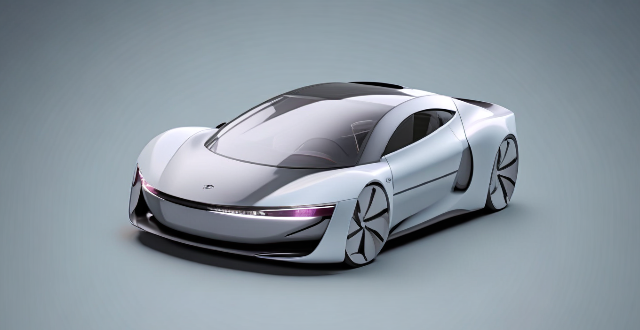
Can all electric vehicles use a super fast charging station ?
Electric vehicles (EVs) follow different charging standards and protocols that dictate the speed at which they can be charged. The type of battery technology used in an EV also affects its compatibility with super-fast charging, as some batteries may not be able to handle the high power output without damage or reduced lifespan. Manufacturers design their vehicles to work best with specific charging infrastructure, and not all EVs are equipped to take full advantage of super-fast charging. Safety concerns related to heat generation during super-fast charging must also be considered. Therefore, it is essential for EV owners to understand their vehicle's capabilities and limitations when it comes to charging options.

What are the benefits of using a super fast charging station ?
Using a super-fast charging station for electric vehicles offers benefits including time efficiency, convenience, battery health optimization, environmental considerations, economic benefits, and improved user experience. These charging stations enable rapid recharging, reduce range anxiety, optimize battery lifespan, support the use of renewable energy sources, lower operational costs, and provide peace of mind for EV drivers. As technology advances, further improvements in charging infrastructure are expected to enhance these advantages.

How can I enable fast charging on my iPhone ?
Fast charging is a feature that allows your device to charge more quickly than traditional methods. If you have an iPhone 8 or later model, you can take advantage of fast charging by using a compatible charger and cable. Here's how to enable fast charging on your iPhone: Check compatibility, get the right charger and cable, plug in your iPhone, start charging, and enjoy faster charging times.
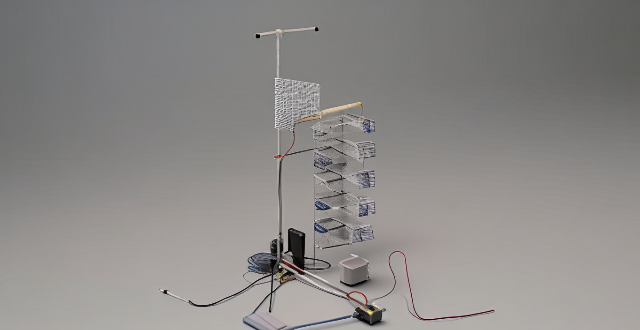
Are there any specific cables or adapters required for fast charging an iPhone ?
Fast charging an iPhone is convenient but requires specific components: a compatible model, USB-C to Lightning Cable, USB-C power adapter, and a reliable power source. Regular charging may be beneficial for maintaining battery health over time.

What are the best fast charging solutions for iPhones ?
The article discusses various fast charging solutions for iPhones, including Apple's official 18W USB-C Power Adapter and MagSafe Charger, as well as third-party options like Anker Nano II, Belkin Boost Charge Pro, and RAVPower 18W PD Pioneer. Tips for faster charging include using a USB-C to Lightning cable, avoiding wireless charging, turning off the iPhone or reducing screen brightness during charging, and choosing reliable and certified products to avoid damage or safety issues.

Will Apple's upcoming iPhone models support even faster charging solutions ?
The article discusses the possibility of Apple's upcoming iPhone models supporting faster charging solutions. It explains the current charging solutions used by Apple and compares them to competitors. Rumors about larger charging coils and improved heat dissipation mechanisms are also mentioned. The potential benefits of faster charging, such as reduced downtime and improved convenience, are discussed. However, challenges like battery health and heat management must be considered. The conclusion states that there is no official confirmation from Apple regarding faster charging solutions in its upcoming iPhone models, but rumors suggest that this feature is being considered.

Are fast charging car chargers safe to use ?
Fast charging car chargers have raised safety concerns due to risks such as overheating, battery degradation, and electrical hazards. To ensure safe use, it is recommended to use approved chargers, follow manufacturer's guidelines, monitor charging temperatures, avoid overcharging, inspect wiring and connections, use a surge protector, and store the charger properly. By following these tips, the risks associated with fast charging can be minimized.

How do super fast charging stations compare to traditional gas stations in terms of convenience and efficiency ?
Super fast charging stations offer greater convenience and efficiency compared to traditional gas stations. They are strategically located, offer faster charging speeds, provide multiple payment options, consume less energy, and have a lower environmental impact.

What are the challenges in building a nationwide charging network ?
**Summary:** Building a nationwide charging network for electric vehicles (EVs) presents several challenges that can be categorized into technical, infrastructure, financial, and social/environmental aspects. Technical challenges include ensuring scalability, compatibility, reliability, energy management, and fast charging capabilities. Infrastructure challenges involve achieving comprehensive coverage, site selection, infrastructure development, land use and zoning compliance, and maintenance operations. Financial challenges encompass high initial costs, return on investment, funding sources, pricing strategies, and economic viability assessment. Social and environmental challenges include gaining public acceptance, education and awareness, minimizing environmental impact, ensuring equitable access, and regulatory compliance. Addressing these challenges is crucial for the successful implementation and long-term success of a nationwide charging network for EVs.
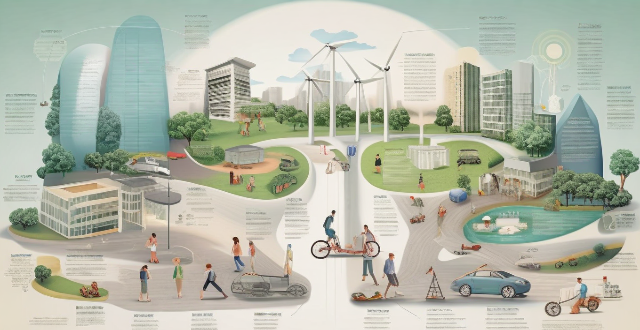
Is there a significant difference in fast charging performance between different iPhone models ?
The article discusses the differences in fast charging capabilities between various iPhone models. It mentions that iPhone 8 and later models support fast charging up to 18W using a compatible USB-C power adapter and Lightning to USB-C cable. The iPhone 11 Pro and iPhone 11 Pro Max can charge up to 18W with their included USB-C to Lightning Cable and Power Adapter. The iPhone 12 series introduces MagSafe wireless charging with up to 15W of power, while the iPhone 13 series maintains 18W wired charging and improves MagSafe wireless charging to up to 15W. The article also mentions that the iPhone 14 series is expected to support even faster charging speeds, potentially reaching 30W or higher. Overall, the article highlights the improvements in fast charging capabilities across different iPhone models.

How can cities with limited space accommodate the construction of charging networks ?
In cities where space is scarce, building charging networks for EVs requires creative solutions. Public-private partnerships, smart urban design, and repurposing underutilized spaces are among the strategies that can help integrate charging infrastructure into compact city environments. Encouraging residential charging, investing in modular and mobile units, implementing digital management systems, and integrating charging infrastructure into public transit systems are also effective approaches. By employing these tactics, cities can create a robust charging network that supports electric vehicle adoption, even in densely populated areas with limited space.

What role do private companies play in building and operating EV charging networks ?
Private companies play a pivotal role in the development and operation of electric vehicle (EV) charging networks, contributing to infrastructure development, network operation, partnerships and collaboration, and data analysis and optimization. They are involved in planning, design, construction, technology innovation, maintenance, management, customer service, pricing strategies, public-private partnerships, industry alliances, community engagement, performance tracking, and market research. Their efforts ensure that EV charging infrastructure is developed efficiently, innovatively, and with the end-user in mind.